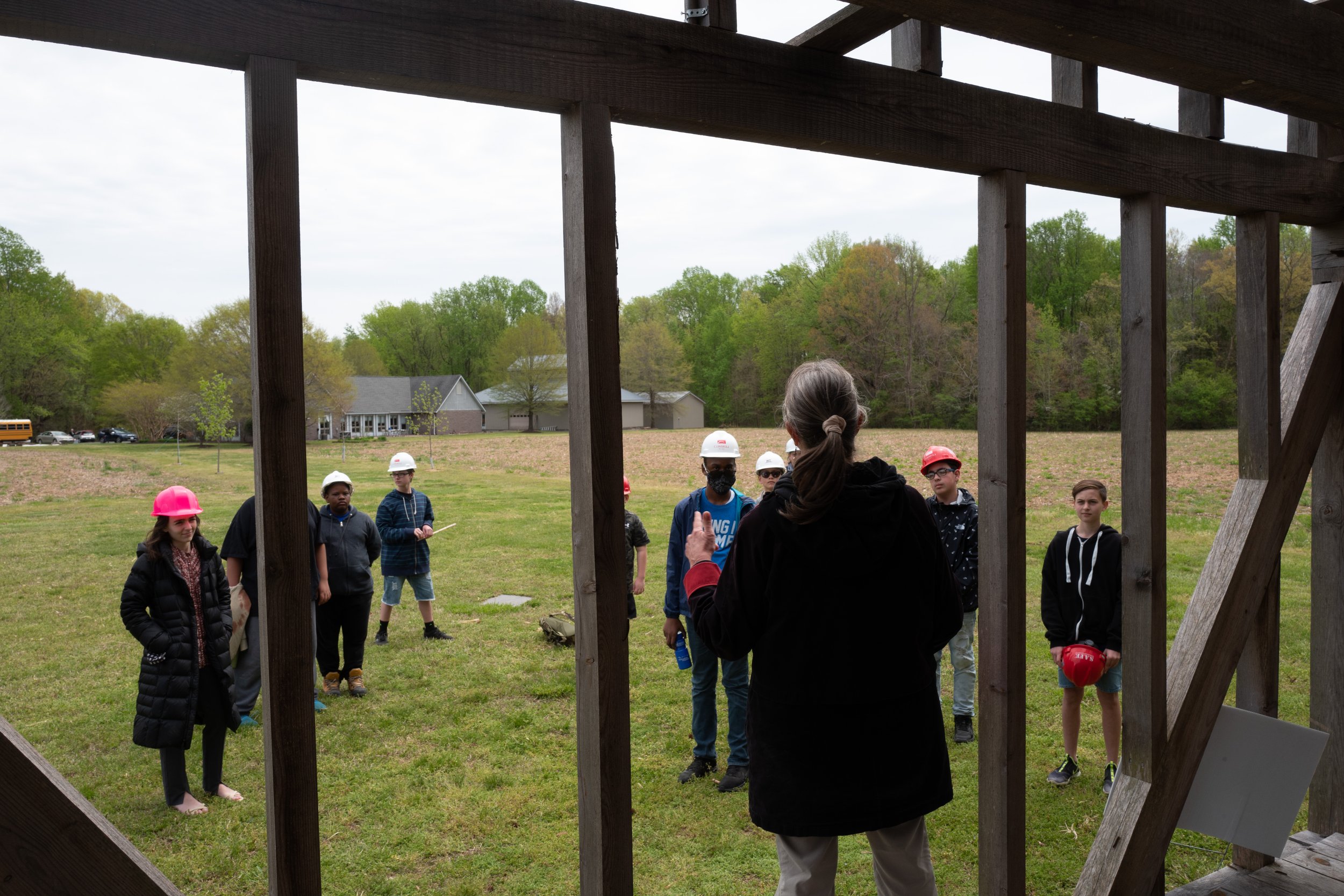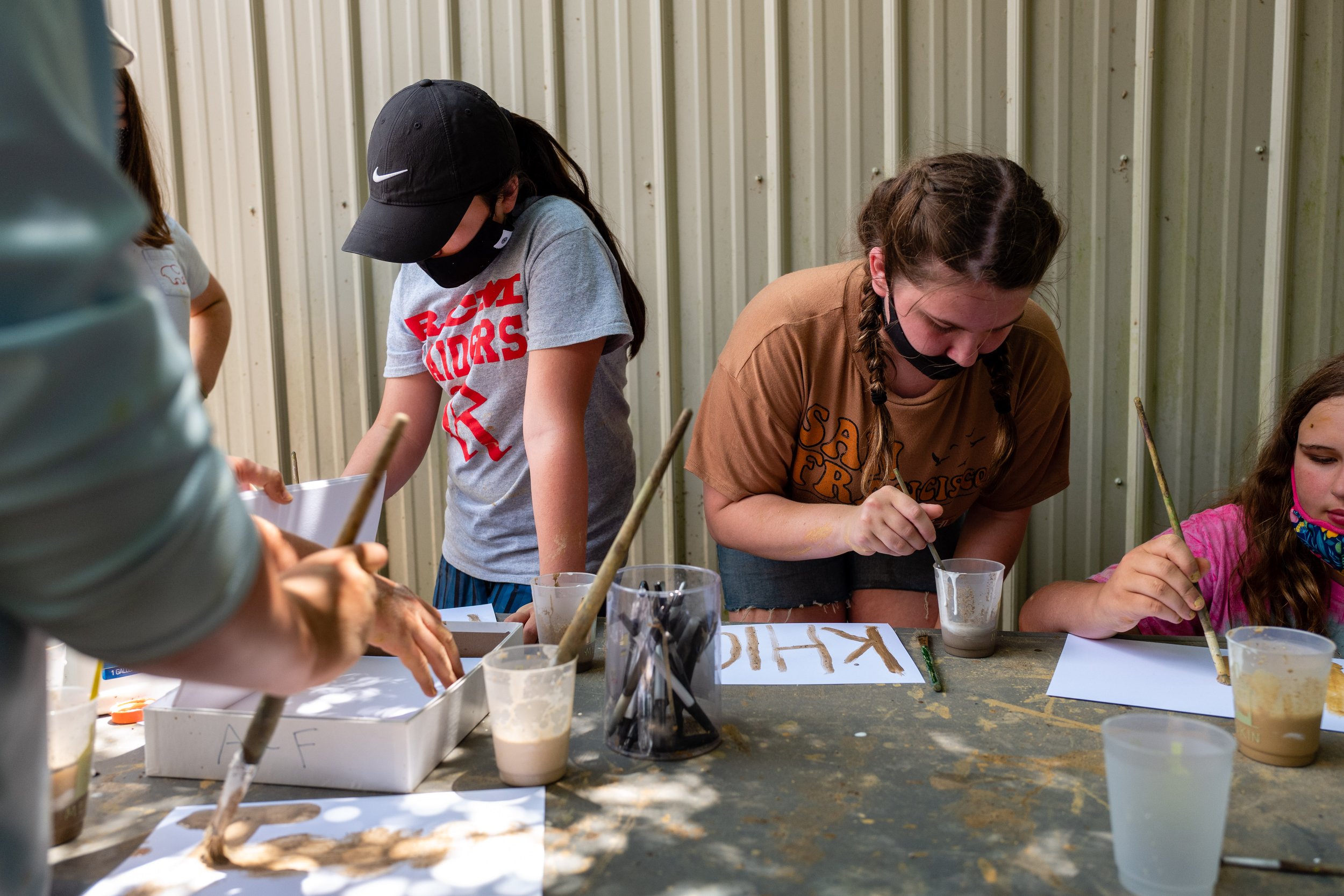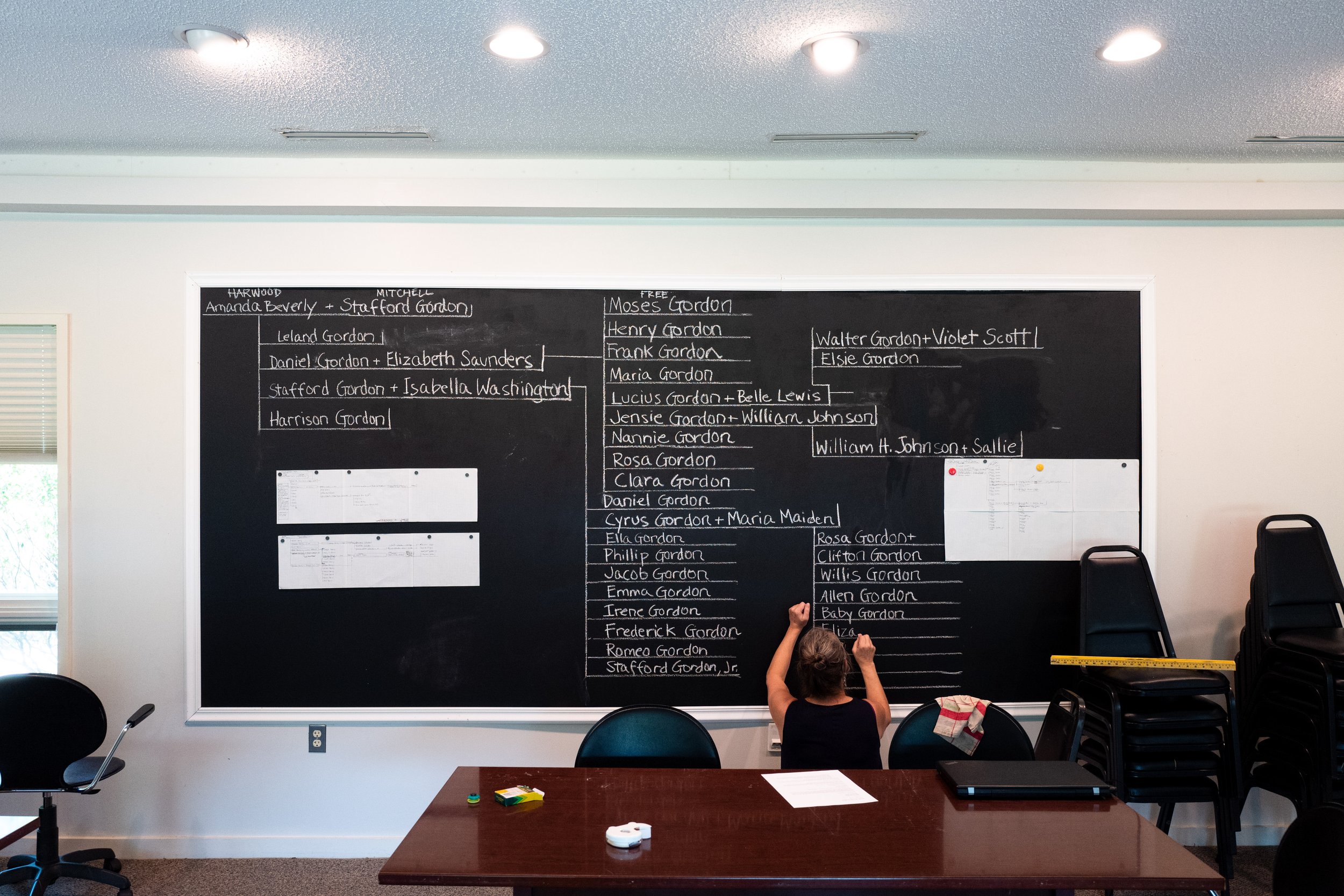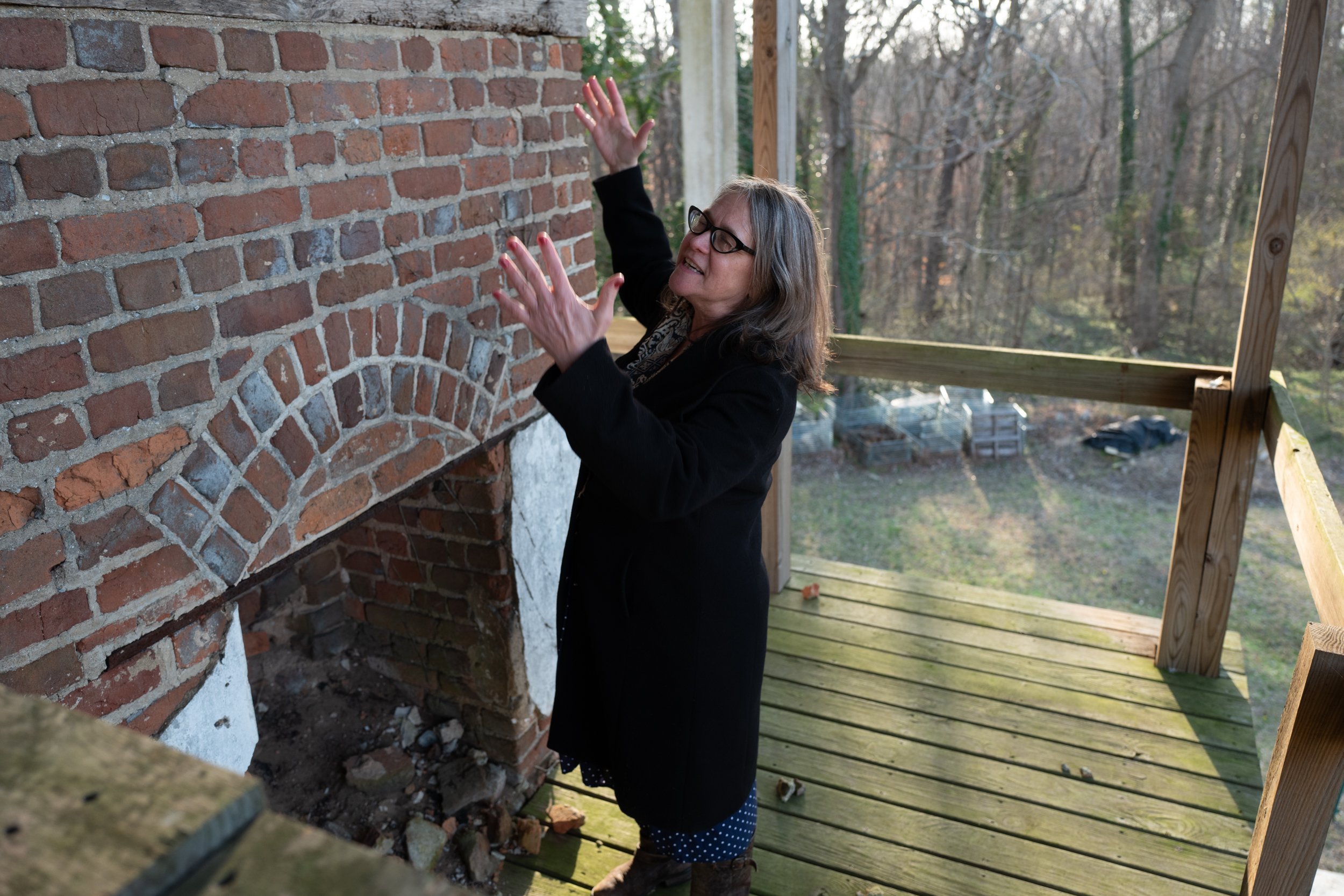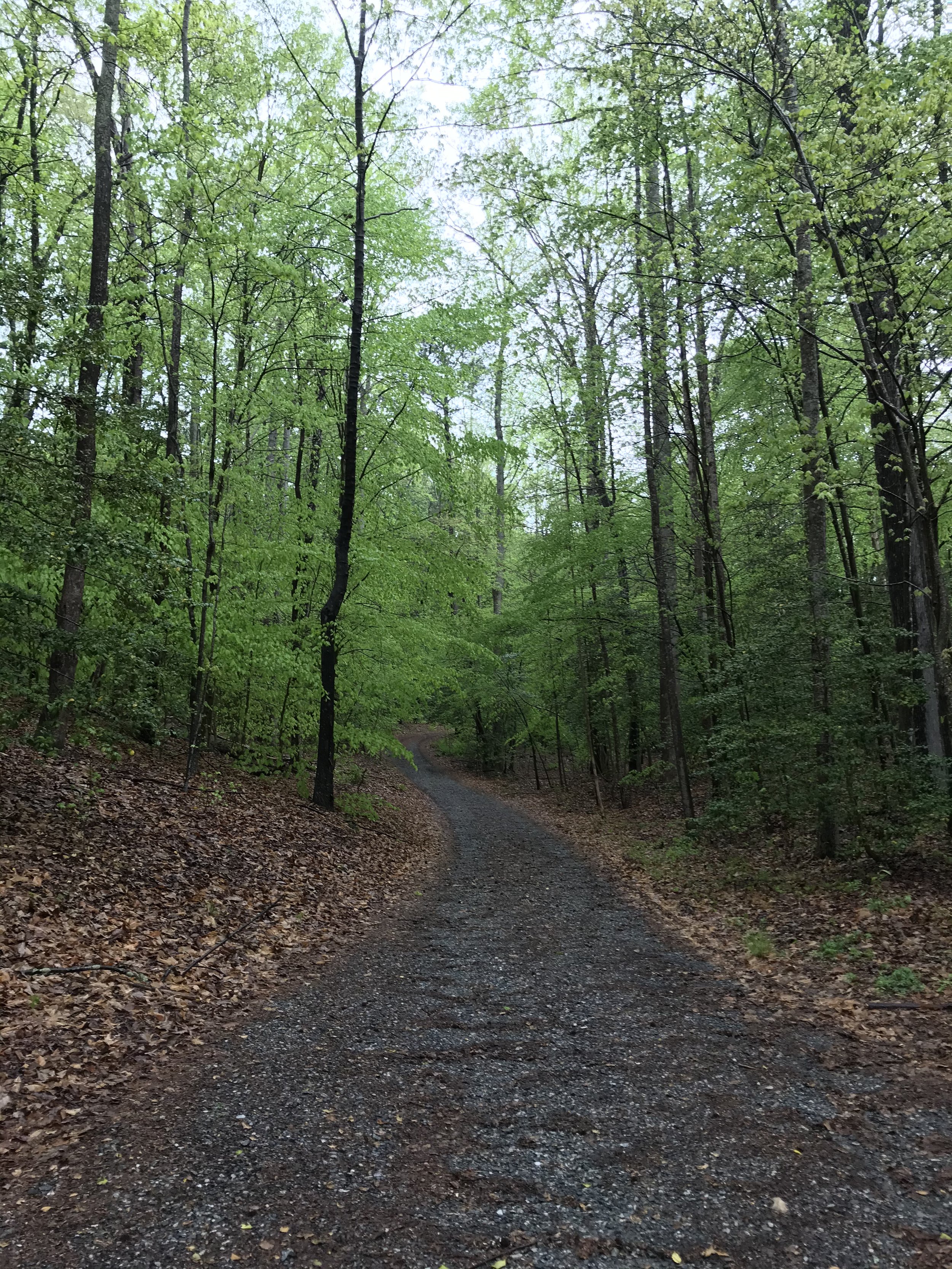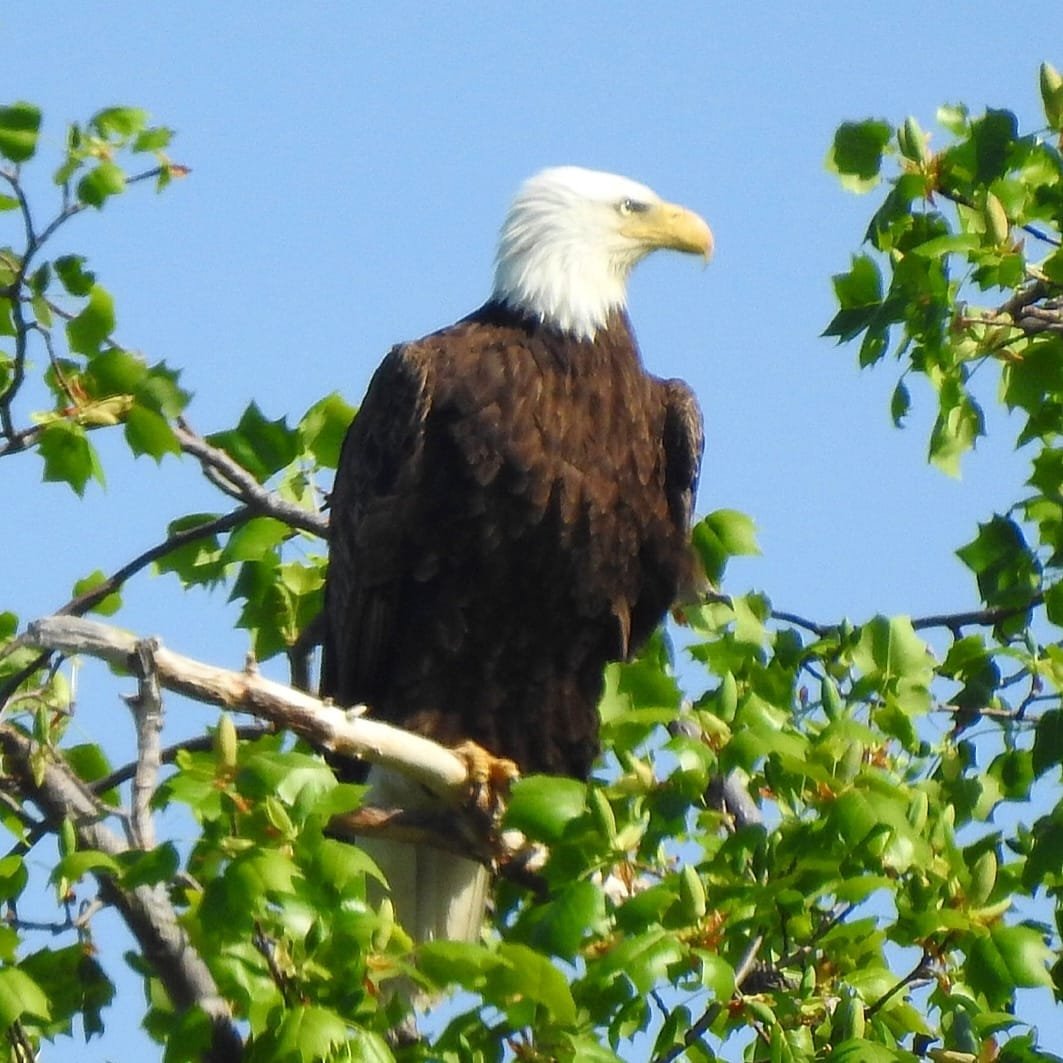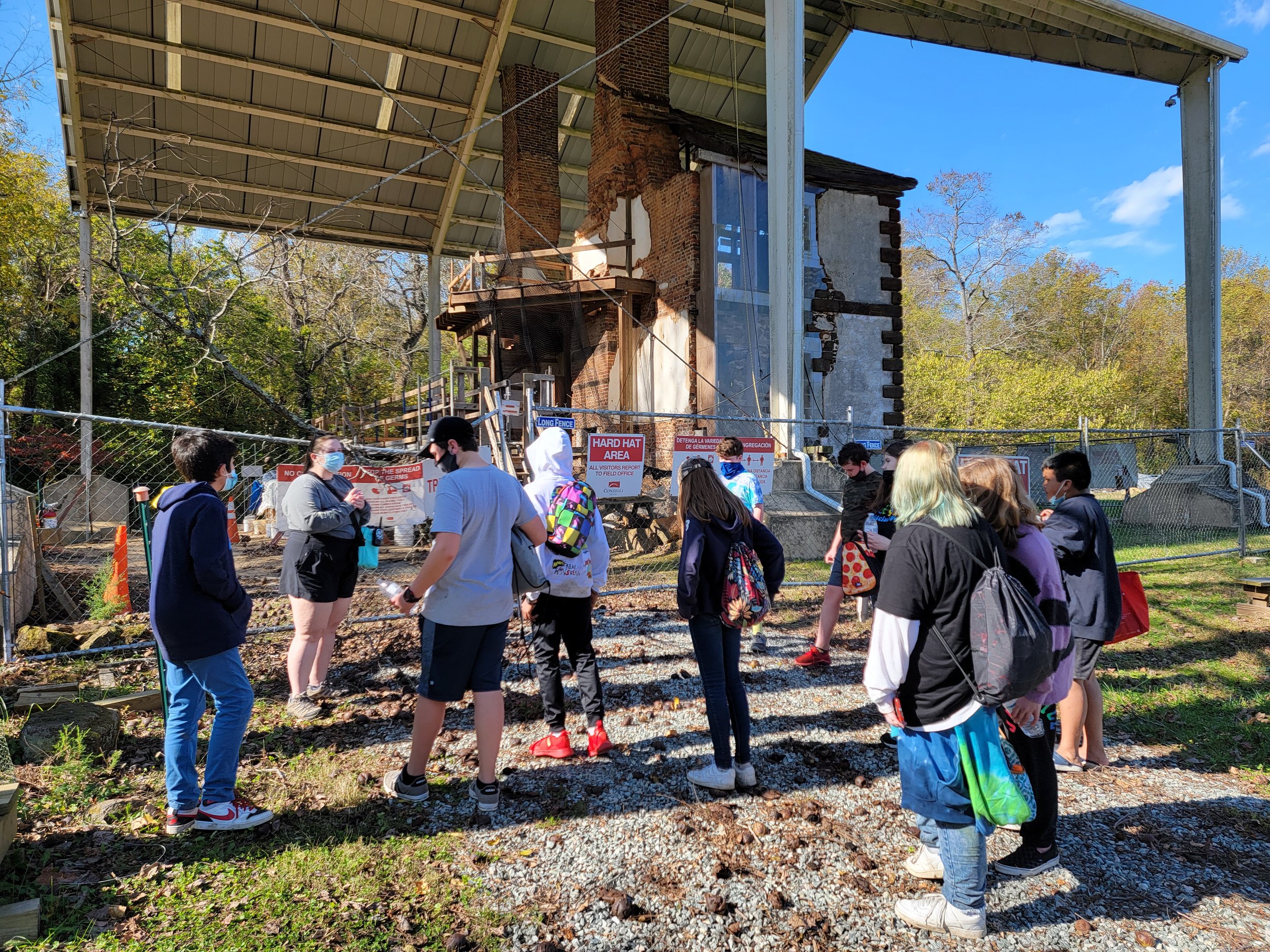Education Programming at Menokin
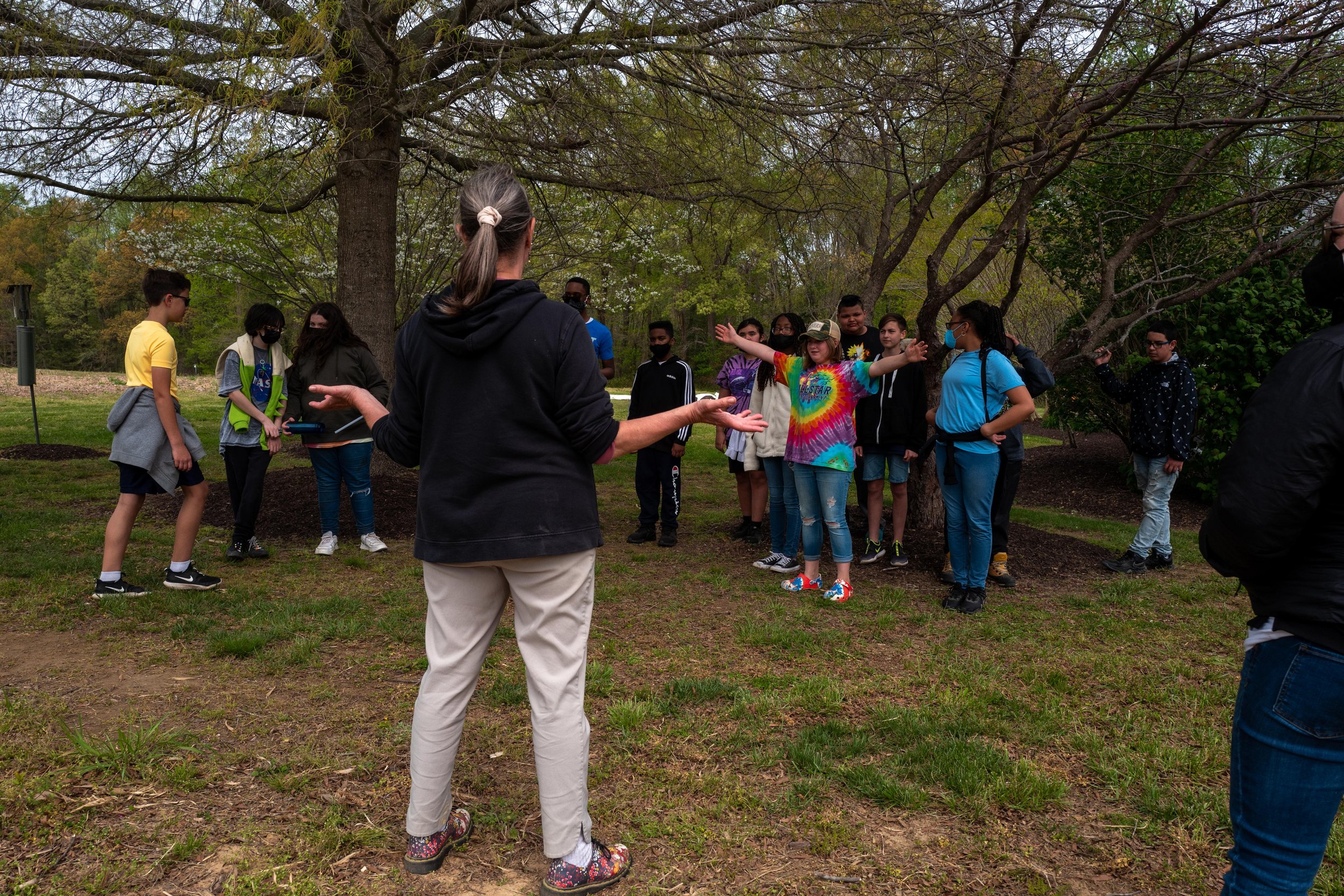
Our Menokin educational programs illustrate our mission and our work. They represent what our Foundation holds important and why we exist. They allow us to serve the public directly and illustrate sustainability including and beyond the preservation of the Menokin house.
We work with others to help illuminate new ways of providing new tools and ideas inside and outside the classroom for understanding historic preservation and ecological conservation.
Our partnerships as an institute of the humanities makes Menokin an exceptional place to introduce new frameworks of learning through summer workshops, the classroom, and field experiences. Our cross-curricular approach incorporates science in its larger context to the community and the world. Menokin’s 500 acre site is the perfect setting to demonstrate all of these facets.
Preservation and innovation, historical and current issues, the building arts and the natural environment will all be a part of the Menokin learning experience.
Contact Director of Education and Programs alice french with your Requests Here
PROGRAMS TO EXPLORE
HISTORICAL PRESERVATION:
1. Architecture - Building Menokin
This program can be modified to engage students ages K-12. They will learn about architectural terminology, how to interpret floor plans and elevations, and the various types of jobs involved in building as well as the importance of coordinating team efforts. A combination of math, engineering and art skills will be employed. Objective: Through a variety of team building activities, students will cooperatively measure, draw, and build an architectural project. SOL: STEAM
2. Archaeology - How to Read a Building or Object
This history/art lesson plan uses objects and artifacts as a source of learning and information. Students will ask questions that draw on observational skills, connect the past to their everyday lives, and learn how the choices that affect natural and cultural resources shape the communities we live in.
Objective: Use critical thinking skills to examine an object to deduce historical, cultural, and social information and draw inferences about people, events, and life of this historic site over time. SOL: Art, Science, History
3. 18th Century Architecture and The Fibonacci Sequence
In the 18th century Age of Enlightenment rules of nature were interpreted into rules of design as a way to create understanding and order in everyday life. This lesson combines all aspects of STEAM with interactive drawing and measuring activities and learn new terms of architecture and geometry.
Objective: Students will learn about the Fibonacci Sequence and how it is calculated; Leonardo DaVinci’s Vitruvian Man; how the history of architecture and archaeology influenced many periods of design, philosophy, and art. SOL: STEAM
4. Cultural Landscapes - The River Then & Now
A cross-curricular lesson using maps and geography from Captain John Smith’s journey in 1608 mapping the Northern Neck waterways. Students learn how maps identify human characteristics such as cultural landmarks and geographical features, and how those change over time.
Objective: Learn to read a map; Identify the parts of a watershed; Make connections between primary sources and the route that Smith took; Understand how Captain John Smith’s exploration of the Northern Neck region fits into a larger narrative of Virginia and national history. SOL: VUS.1, VS.2, US.1
5. Genealogy - Past in the Present and Discovering Our Ancestry
Discover stories of your family past while learning about the lives of people who lived at Menokin. Students will examine primary documents and artifacts to detect a story; ask questions and build a family tree.
Objective: Learn how to use primary documents to understand the history of our past.
6. Brick Making and Painting with Soil
Hands on learning fun! Often the favorite experience for students. Students learn about the history of using clay as a building material for architecture and design. Tread and mix the clay, pound and mold clay into a brick form, and produce a handmade brick. Then practice a little chemistry by mixing elements to produce paint out of soil. SOL: STEAM
Contact Director of Education and Programs alice french with your Requests Here
ENVIRONMENTAL STEWARDSHIP
1. We all Live Downstream - Watershed Stewardship
Understand how everyone contributes to the pollution of a river as it flows through a watershed and how individual and group action can work to reduce the amount of pollution generated. Students will create a watershed and learn how it is connected to its cultural environment. Program includes consideration of how water moves through a water system and how to identify where pollutants come from.
Objective: To differentiate between point and non point pollution; identify Best-Mgmt-Practices (BMPs); and examine ways to work with communities to solve pollution problems. SOL: 6.2. 6.5, 6.6, 6.7, and 6.9.
2. Discover Our Parks - Conservation of Cultural Landscapes and Waterways
Students will learn what a park is, why we protect natural and historical lands, and why this is originally an American idea. They will learn to read the map legend, locate parks on maps and identify the notable physical and cultural features of various regions. Students will analyze how artifacts preserved within parks tell stories about our cultural landscape and make a small “fossil” by embossing an object “artifact” in clay.
Objective: Students identify and protect their key natural and cultural sites as part of the heritage community and to cooperate with each other to achieve this goal.
3. Jr. Duck Stamp Program - Conservation Through Art
This program developed by US Fish & Wildlife to teach about waterfowl conservation through art. Students learn about habitats and lifestyles of ducks from our region and paint or draw a picture of the ducks in their natural habitats. This program includes multiple visits: one to a wildlife refuge; two visits to the Science and Art classroom from experts in the field of wildlife conservation.
Objective: To enter artwork in the Junior Duck Stamp competition to raise money and awareness for the conservation of wetlands. The art needs to show waterfowl in their natural habitats and an understanding of the behavior of ducks. SOL: Science, Art
4. Observing and Building in Nature
Students will explore the trails of Menokin (or outdoor site in their schoolyard) and generate a plant and wildlife identification list. As they walk and observe the surrounding environment, they will collect natural objects to build or create a form to be left outdoors and respond to the laws of nature. Or they will record images of what they observe in a journal.
Objective: Develop an awareness of their surrounding natural environment. Be able to recount flora and fauna indigenous to their local watershed. Learn about documentation of a natural habitat. SOL: Science, Art
Contact Director of Education and Programs alice french with your Requests Here
ADDITIONAL PUBLIC PROGRAMS
Makers Market
Research & Relevance Genealogy Workshops
Archaeology
Preservation Trades Workshops

